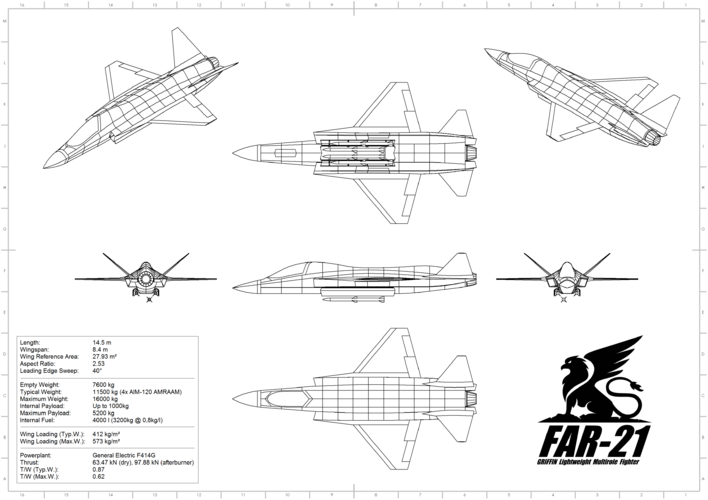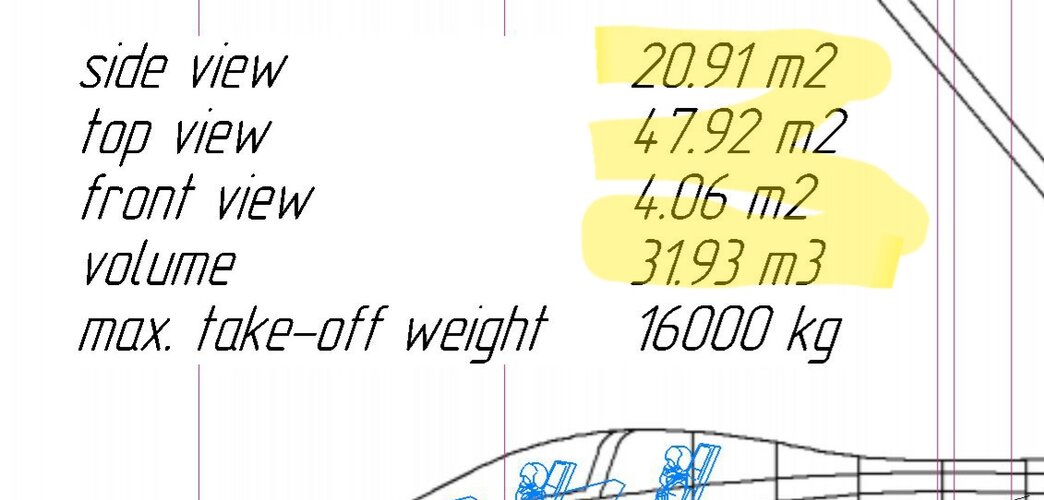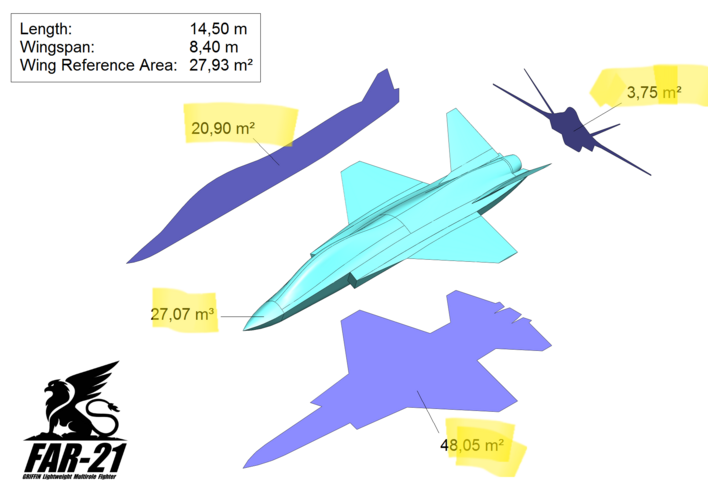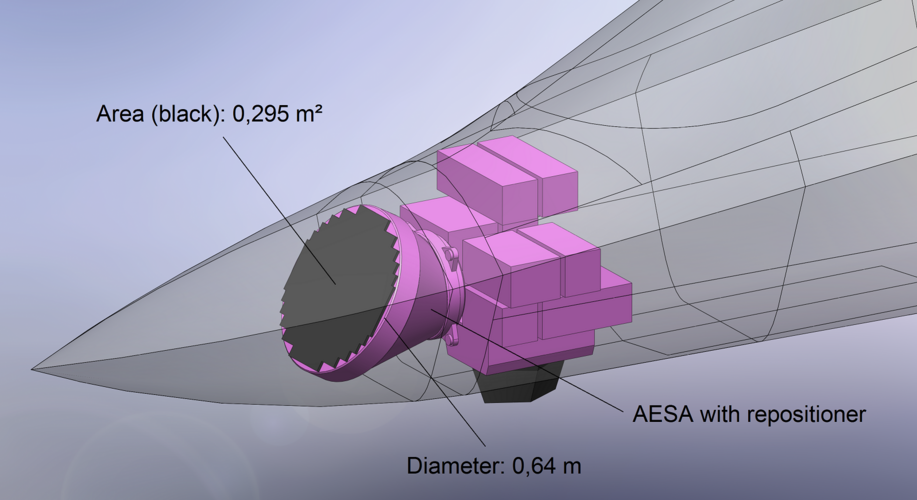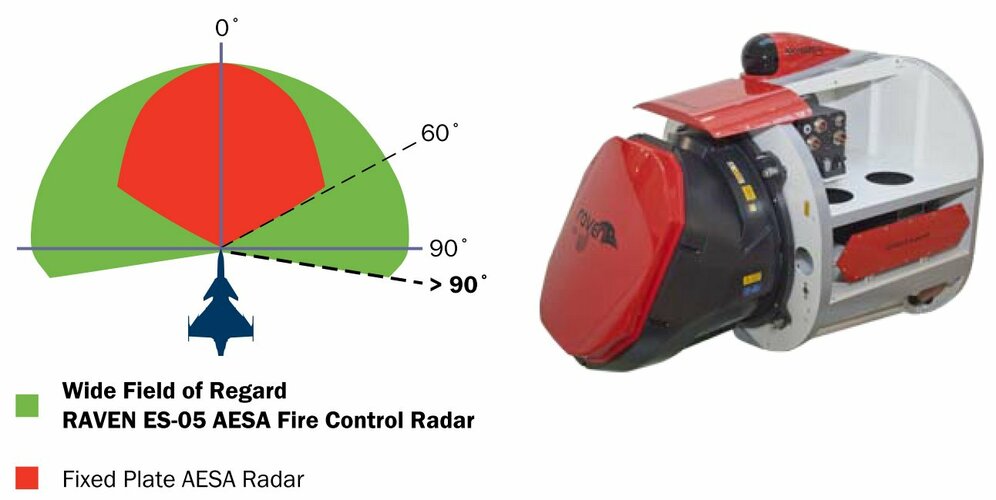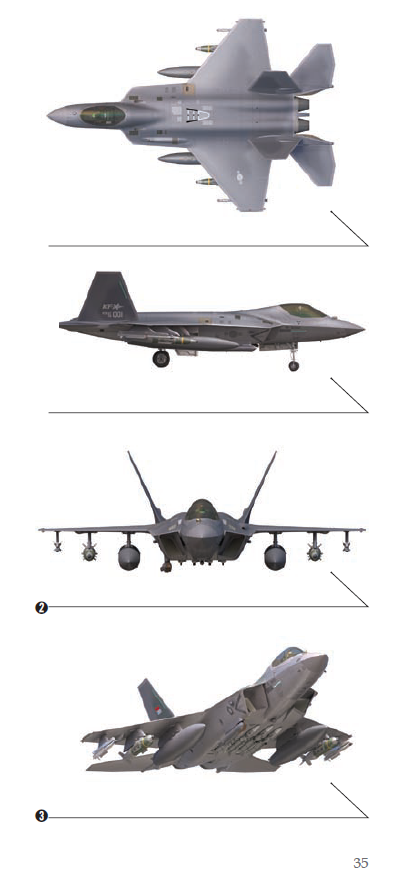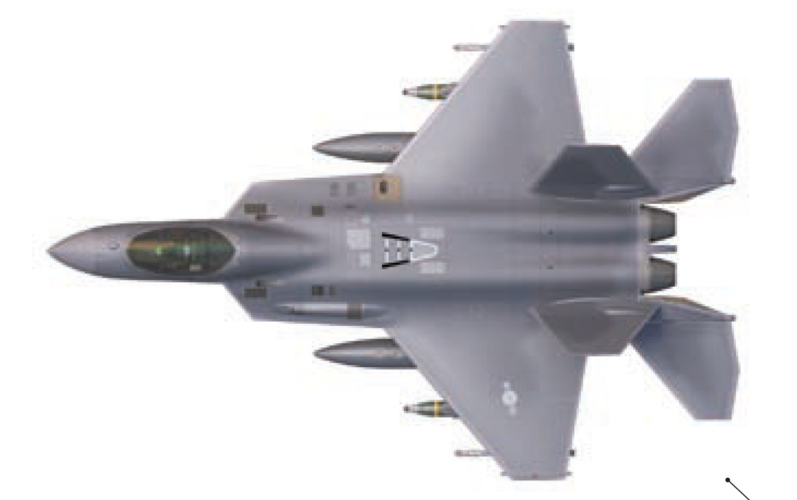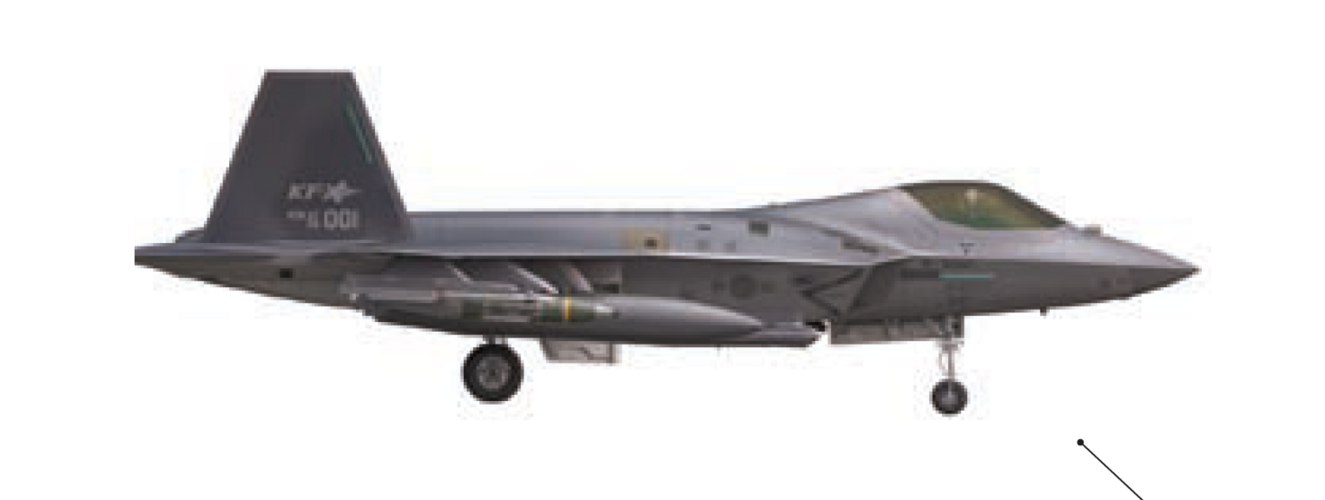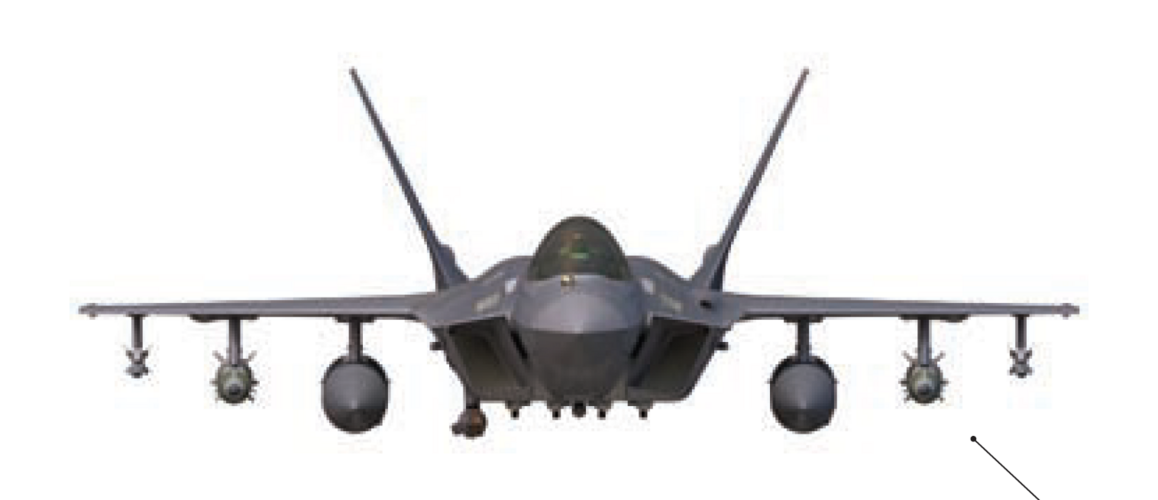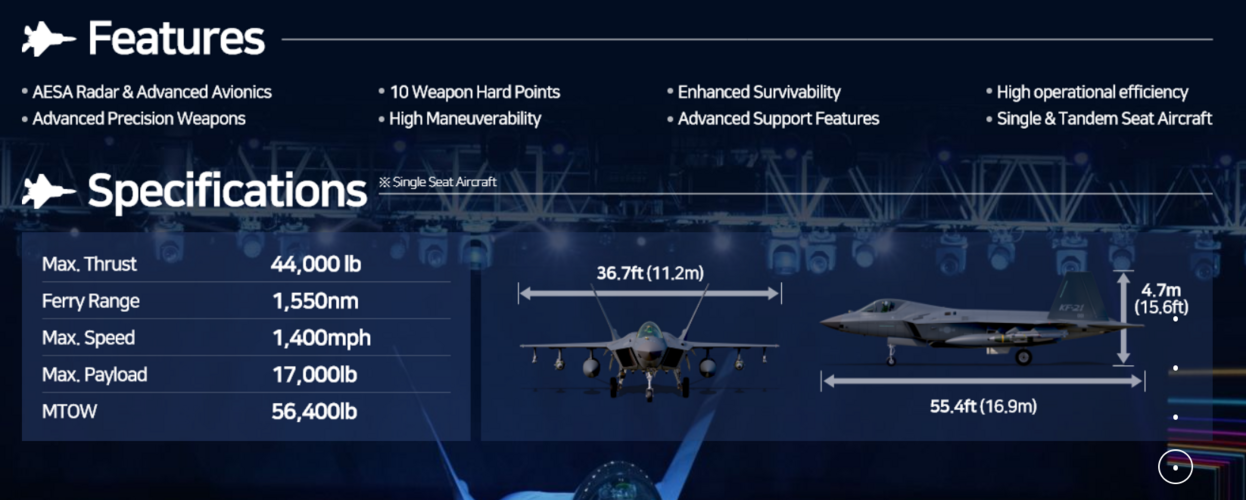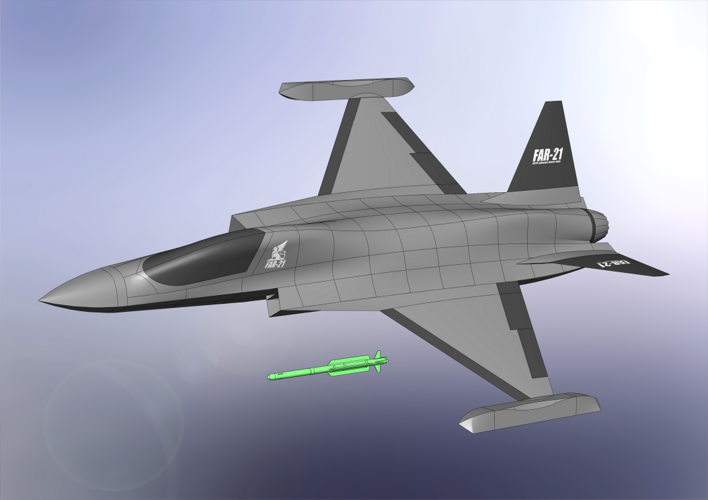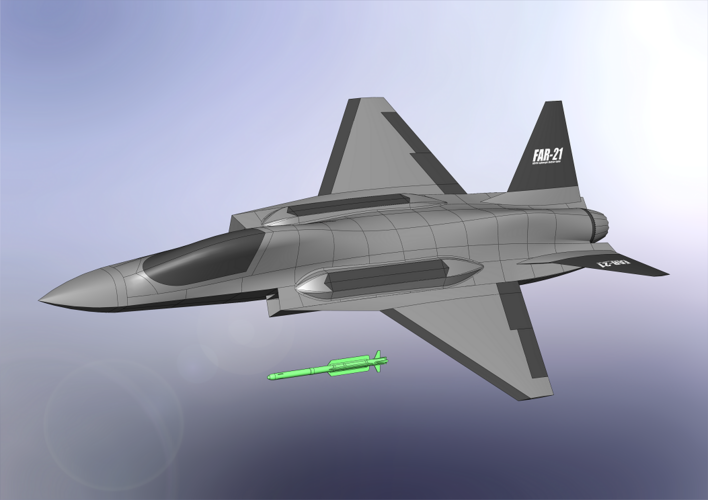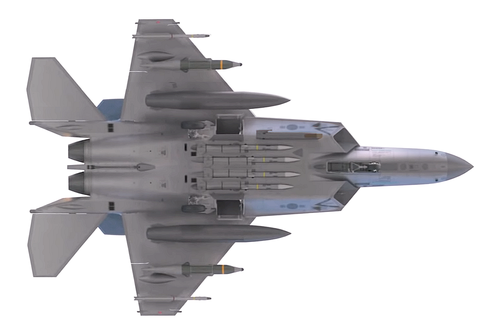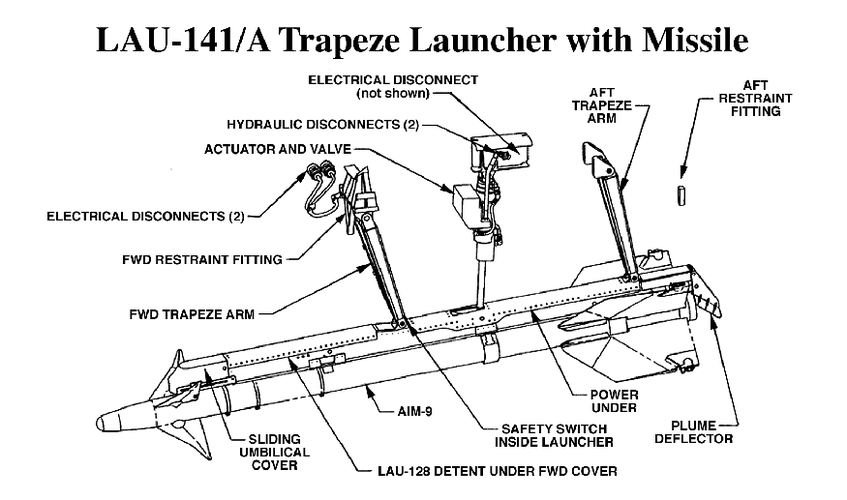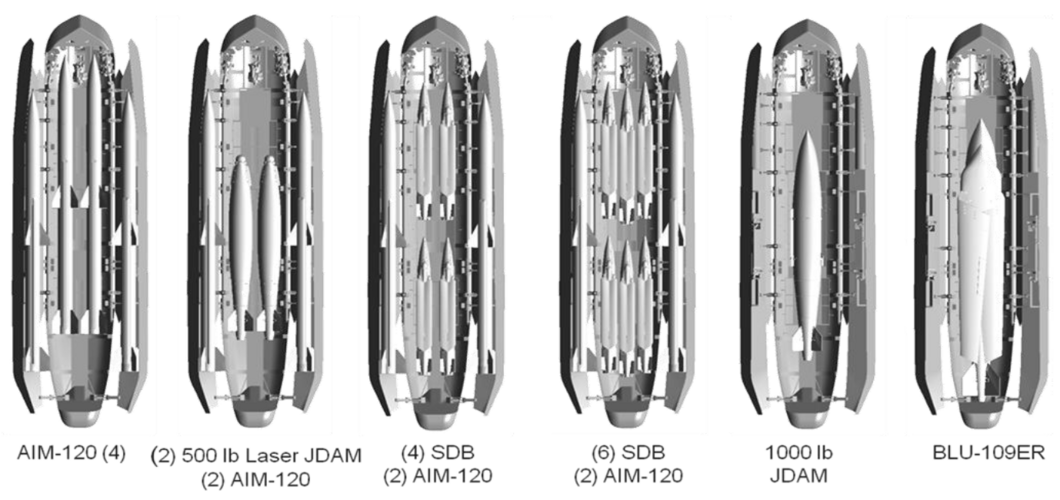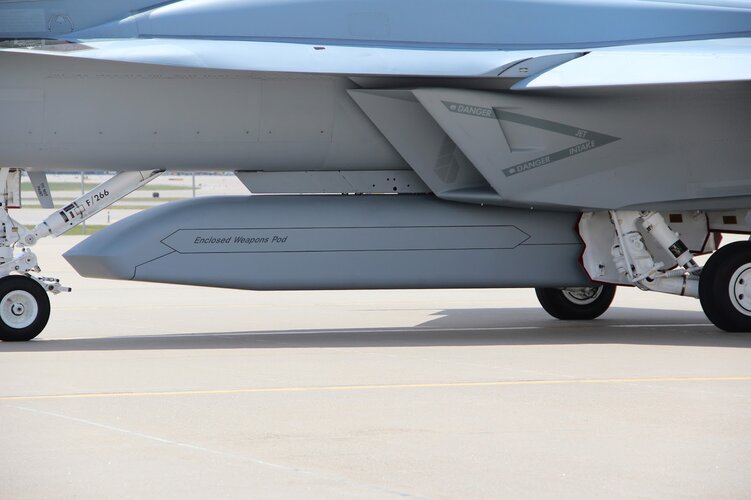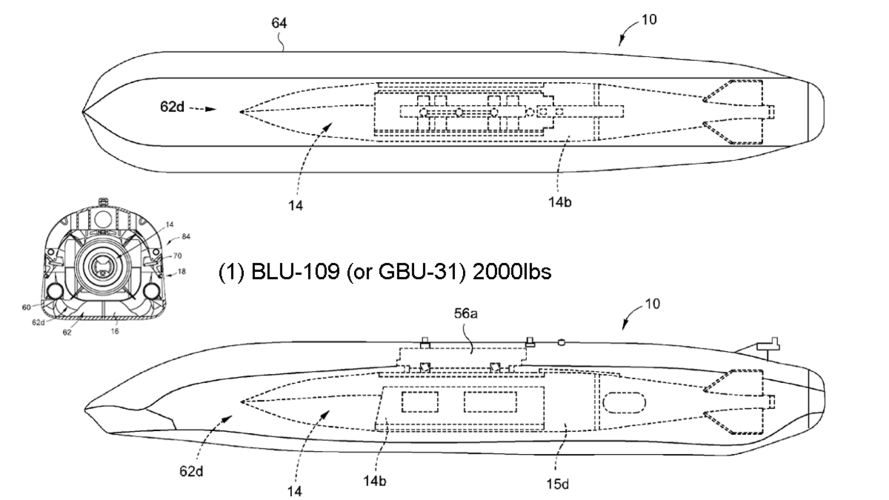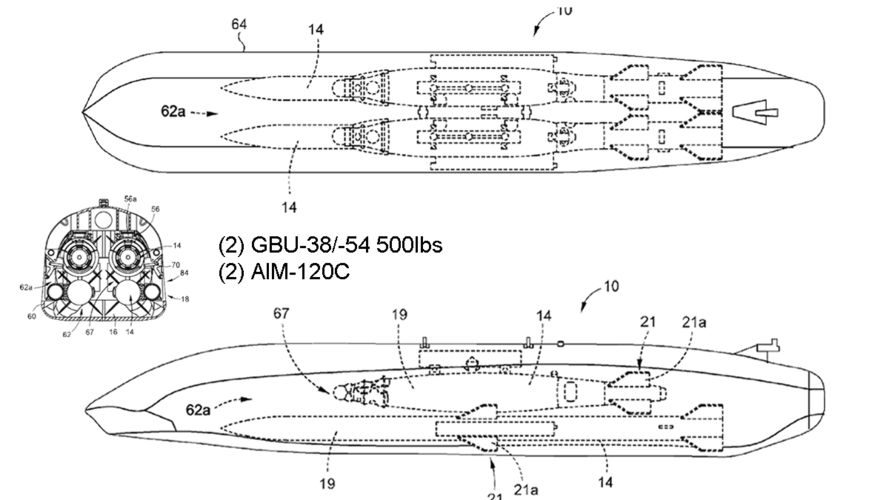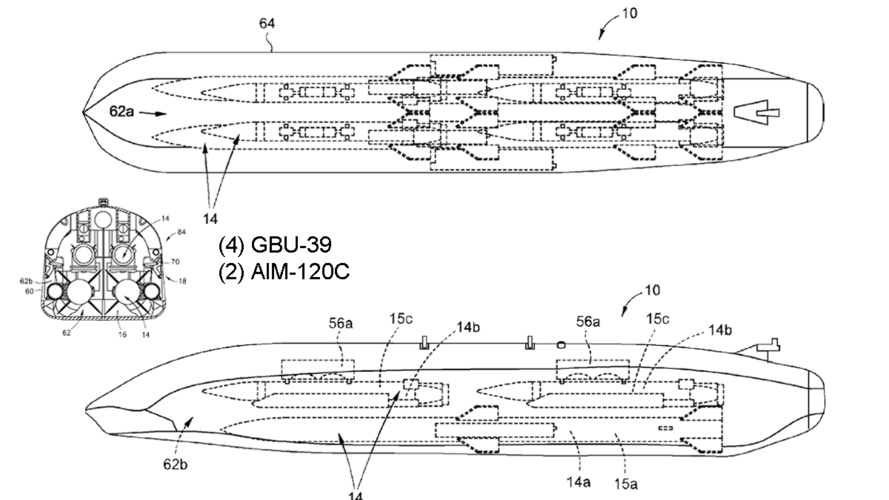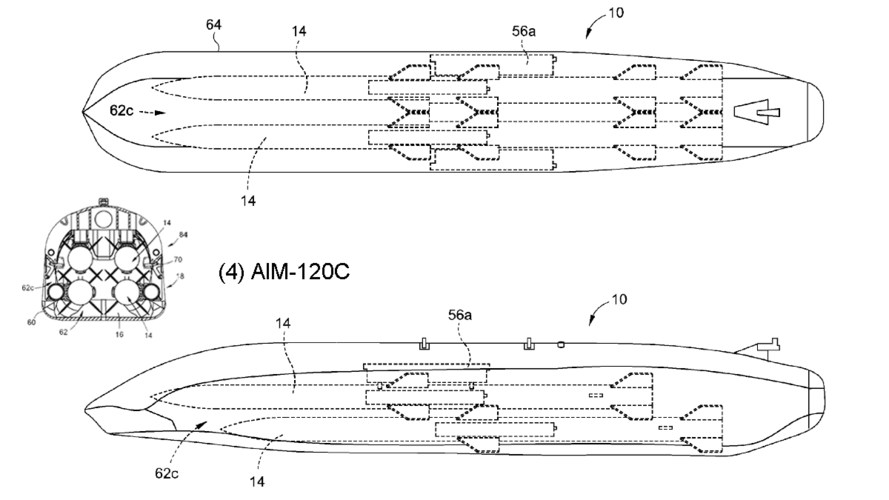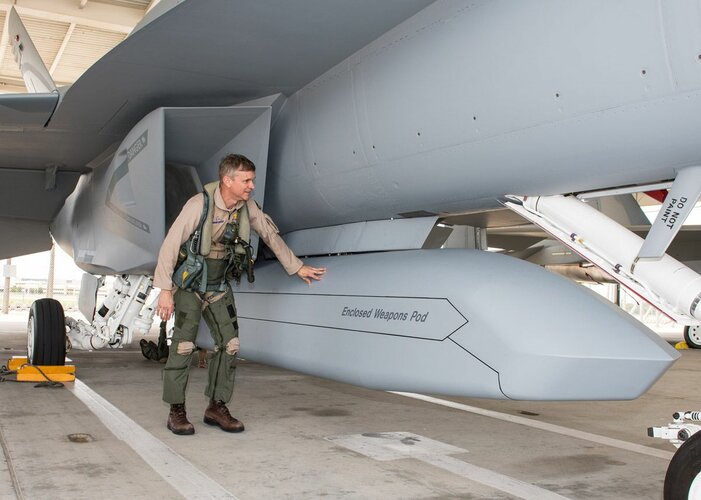- Joined
- 15 July 2007
- Messages
- 4,887
- Reaction score
- 4,552
Of all the SRAAM options to depict, you choose the one that doesn't need to lock on before launch due to using a datalink and strap down INS.Btw, wingtip weapons pods are shown in "Flying Wings and Radical Things" page 256
I've drafted wingtip-pods which can accommodate short range AAM's.
Those pods are in addition to the main bay ( 4x AIM-120) and are intended to be detachable/ interchangeable. The missile would be deployed with a "trapeze launcher", similar to the on used in the F-22's side bays.
Furthermore, those wingtip-pods could also be utilized to house EW- or ISR-equipment, or may be used as additional fuel tanks.
What do you guys think?
Depicted: AIM-132 ASRAAM
Length: 2,9 m
Diameter: 0,166 m
Wingspan: 0,45 m
View attachment 673229View attachment 673230View attachment 673231View attachment 673232
If you where using a CAMM development, it wouldn't even need to eject out the side.....

